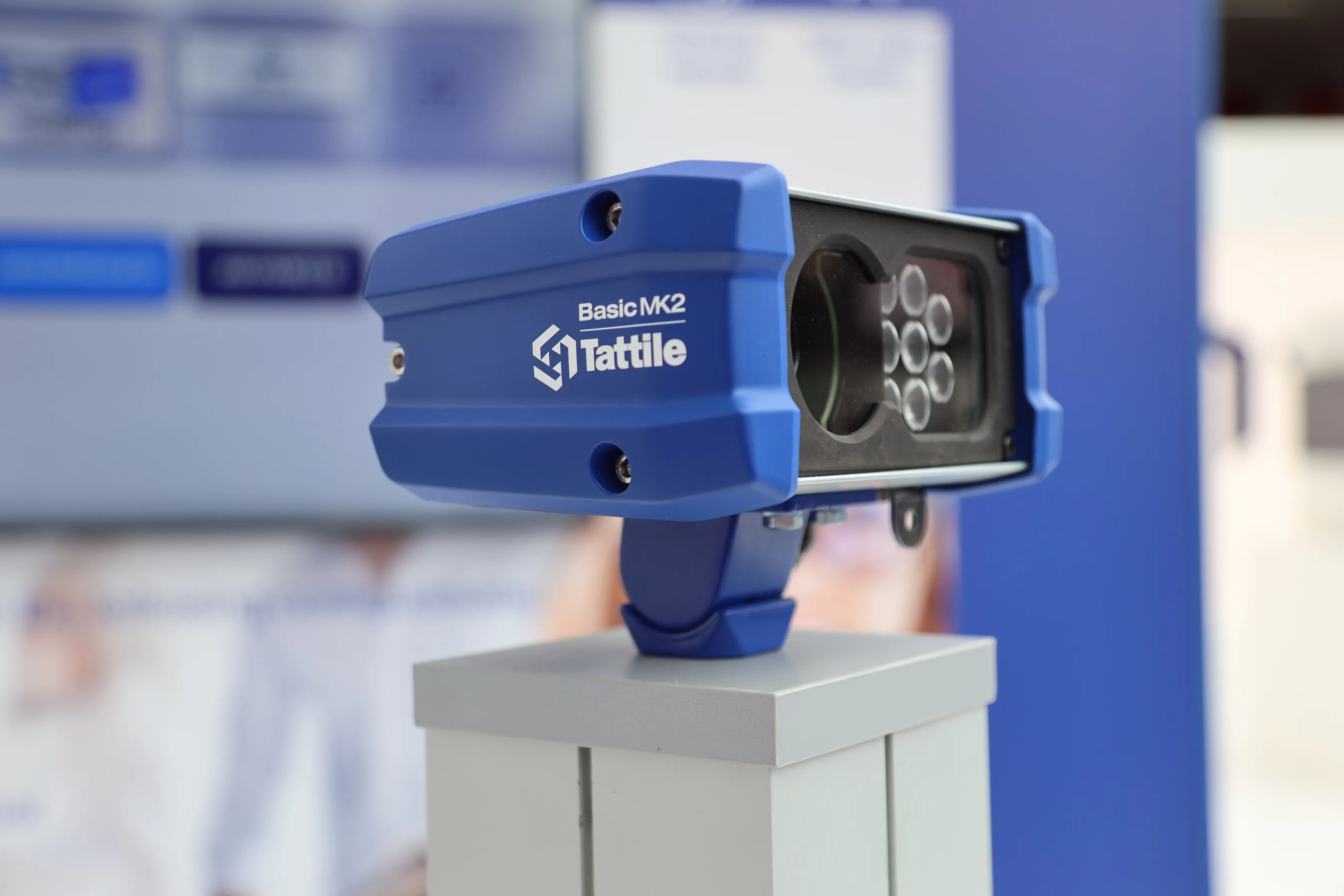
Tattile has released a new automatic licence plate recognition camera - Basic MK2 Varifocal - primarily for parking and access control applications.
It has a fast autofocus, capable of reading both front and rear number plates "with exceptional accuracy".
The camera also adapts to different reading distances, from 3m (10 feet) up to 15m (50 feet), providing clear visibility both day and night, the manufacturer says.
Basic MK2 Varifocal is fully compatible with Tattile's Stark software, and Tattile cameras equipped with Stark have an IEC62443 cybersecurity certification.
The new camera can host the new Stark regional OCR, powered by AI neural networks, delivering execution times of less than 200 milliseconds and high levels of reading accuracy performances
The compact unit can withstand temperatures ranging from -40°C to +60°C (from -40°F to +140°F).
Basic MK2 Varifocal is also equipped with an AI vehicle and licence plate detector, enabling comprehensive traffic and access control. The neural network algorithms use a hardware neural accelerator to guarantee high performance, with a detection rate of up to 99% and a recognition rate of up to 98%.
Tattile says the camera's Power Over Ethernet (POE+) interface reduces installation and maintenance time.
The manufacturer adds that it will work in the event of a data connection failure, by automatically buffering images in local memory. Stored images are automatically transmitted once the network is restored.
A single camera can support multiple layouts, which means Basic MK2 Varifocal can optimise customer stock, reduce inventory and maximise flexibility, Tattile says.








